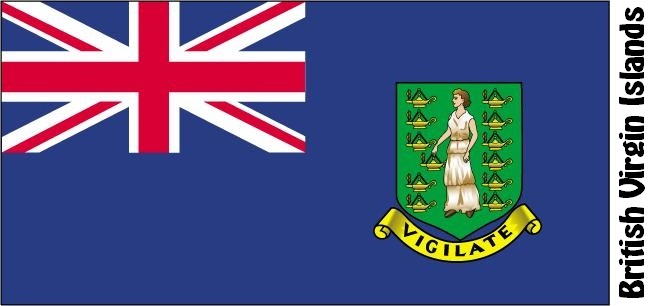British Virgin Islands Facts
British Virgin Islands, British islands, and colony (Dependent Territories) which forms the eastern part of the island chain Virgin Islands in the Caribbean; 153 km², 31 700 residents (2018).The British Virgin Islands is located about 100 km east of Puerto Rico and consists of 36 islands. The four largest are Tortola, Virgin Gorda, Anegada and Jost Van Dyke. The capital is Road Town on Tortola, which holds 85 percent of the population, which is largely of African descent (descendants of the slaves who were proposed to the archipelago’s plantations in the 17th century). Tourism is the main industry, but there is also some production of rum, cement and paint. Important export goods are fish, gravel and sand. The islands were colonized in 1666 by Englishmen; in 1872 they became part of the British colony of Leeward Islands and in 1956 their own colony. There is some self-government, but the British governor is responsible for defense, internal security and foreign policy.
British Virgin Islands (United Kingdom)
The British Virgin Islands are located between the Atlantic Ocean and the Caribbean Sea, north of the Leeward Islands. Covering an area of 153 square kilometers, the islands are home to a population of 2.2 million people, most of whom are of African descent. Residents are Christian, and English is the most common language. The currency is the U.S. dollar, and the capital is Road Town.
British Virgin Islands Flag

History Summary
The islands were original inhabited by indigenous Indians. In 1495, Columbus reached the islands, which became an annex of Britain in 1672. In 1872, the islands became a British colony as part of the Leeward Islands, Phoenix Islands by the Governor’s jurisdiction back to 1960. The islands after being appointed by the Chief Minister is responsible.
Economy and Culture Overview
The economy is dependent on tourism and financial services.
British Virgin Islands Map














































